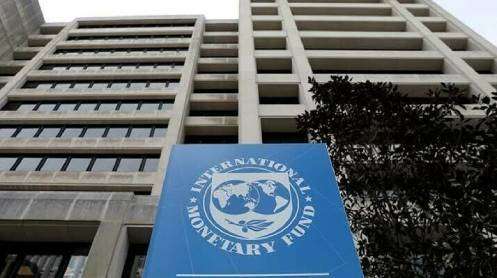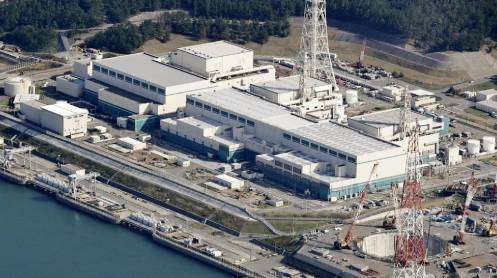ISLAMABAD/WASHINGTON: Pakistan and the International Monetary Fund (IMF) commenced high-level policy discussions in Islamabad on Monday to finalise the federal budget for fiscal year 2025-26. These crucial talks, scheduled to continue until May 23, aim to ensure the upcoming budget aligns with fiscal and reform targets under the IMF’s Extended Fund Facility (EFF).
An IMF delegation reached Islamabad for in-person negotiations following technical talks held virtually last week amid rising regional tensions. The discussions are centred on revenue targets, expenditure controls, and budget projections, as Pakistan faces significant fiscal and external financing challenges.
The outcome of these negotiations will shape the federal budget, expected to be presented on June 2. The IMF has emphasised aligning budgetary priorities with its programme goals: restoring macroeconomic stability, strengthening reserves, and advancing structural reforms for inclusive growth.
Encouraging Economic Signs
There are signs of economic resilience. The current account, which posted a 0.5% GDP deficit in FY24, has swung to a surplus in FY25, buoyed by recovering remittances and political stability. Inflation, which peaked near 40% in mid-2023, has plummeted to 0.7% by March 2025. This has enabled the State Bank of Pakistan to slash its policy rate by 10 percentage points since June 2024, stimulating investment and consumption.
Sovereign risks have also eased, as continued IMF support and fiscal discipline have led to an improved credit rating and narrower international borrowing spreads.
Mounting Financing Pressures
Despite these gains, Pakistan faces an external financing gap projected at \$19.75 billion in FY26, remaining above \$19bn through FY27. The gap could exceed Rs8.8 trillion by FY28. Although reserves may rise to \$23bn, no major privatisation revenues are expected before 2030. Remittances are forecast to stay steady at \$36bn, while the current account deficit is projected at \$3.85bn.
The IMF flagged global financial volatility, commodity price swings, and regional tensions as major risks. Renewed conflict with India, it warned, could disrupt financial markets, deter investment, and derail reforms.
Budget Targets and Projections
The IMF projects Pakistan’s economic growth at 3.6% and average inflation at 7.7% for FY26 — up from 5.1% this year. It recommends reducing total expenditure from 21.6% of GDP to 20.3%, despite projected spending rising to Rs26.57 trillion from Rs18.9 trillion.
Key fiscal targets include cutting the fiscal deficit from 5.6% to 5.1% of GDP and maintaining a primary surplus of Rs2.1 trillion — critical for reducing the debt-to-GDP ratio from 77.6% to 75.6% in FY26. Final decisions on revenue collection and security-related expenditures are still under negotiation.
Story by Anwar Iqbal







